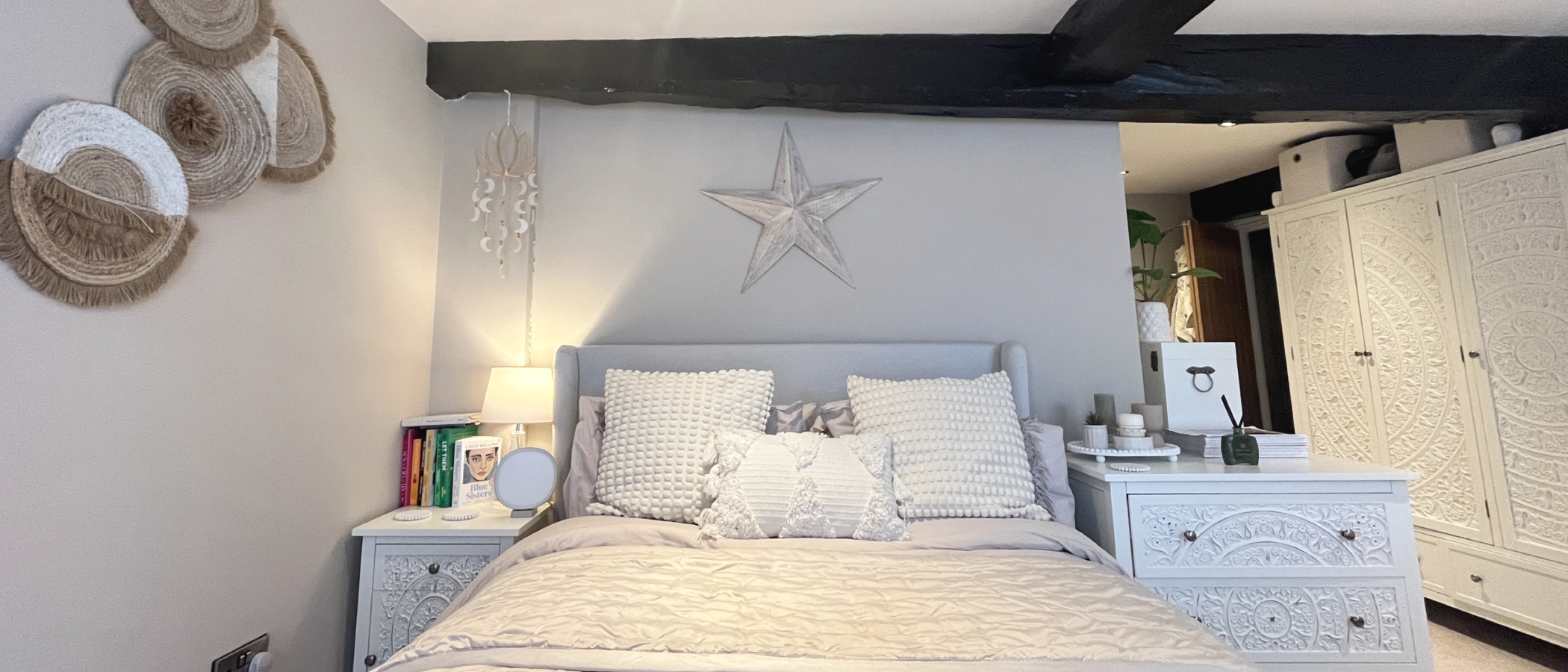Mortar Mix: How to Choose the Right One for Your Project
Mortar mix can have a massive effect not only on the finished look of your project but also on the speed at which it is built. Here’s what to consider
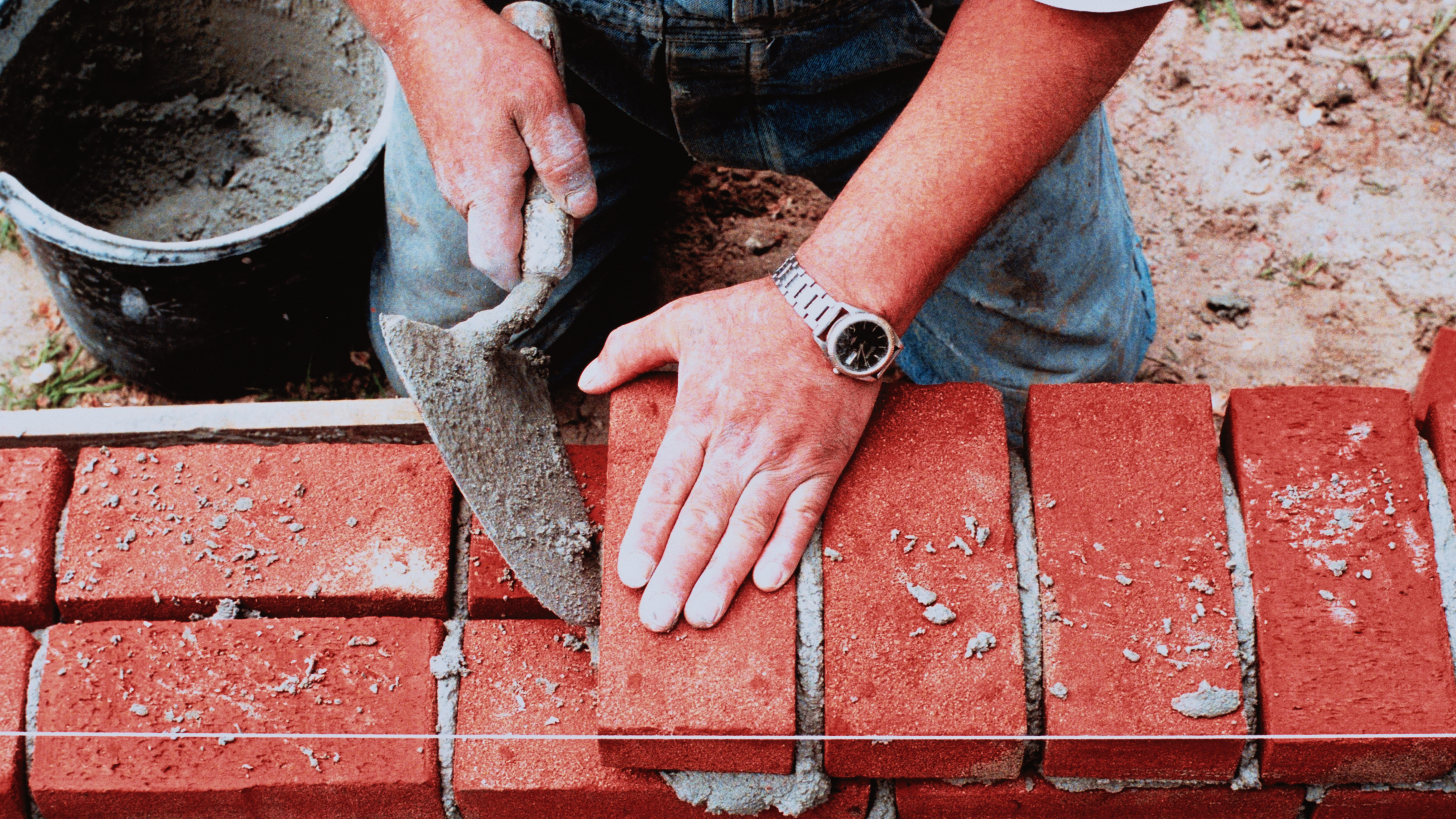
Mortar mix is traditionally used to fill the gaps between bricks and stone work when building.
Often the type of mortar used for building was dictated by what was available locally so the local sand quarry would produce a particular colour and that’s what the buildings in that area would use.
A good example of this is in the Cotswolds where the predominant colour is that lovely honey hue seen on tv and in magazines.
(MORE: Types of Brick)
However, as those local quarries have closed and sand production has become more efficient, it has become viable for merchants to stock sand and aggregate from all over the country.
Remember - some authorities are very strict on what you can use to try and protect the local vernacular but others have been less so giving you a much larger choice so always check first.
(MORE: Inspiring modern brick designs)
Bring your dream home to life with expert advice, how to guides and design inspiration. Sign up for our newsletter and get two free tickets to a Homebuilding & Renovating Show near you.
Mortar Mix Types
The type of mortar used can have a massive effect not only on the finished look of a brick or stone building but also on the speed at which it is built.
When doing restoration or heritage work it has become clear that cement-based mortars are not suitable, so traditional lime-based mortars are the best choice for these, however, lime takes a lot longer than cement to harden so tradesmen have to wait for previous work to go off before they can build any higher.
This can have a huge knock on effect on a project so it’s easy to understand why cement became so popular.
(MORE: Render Repair)
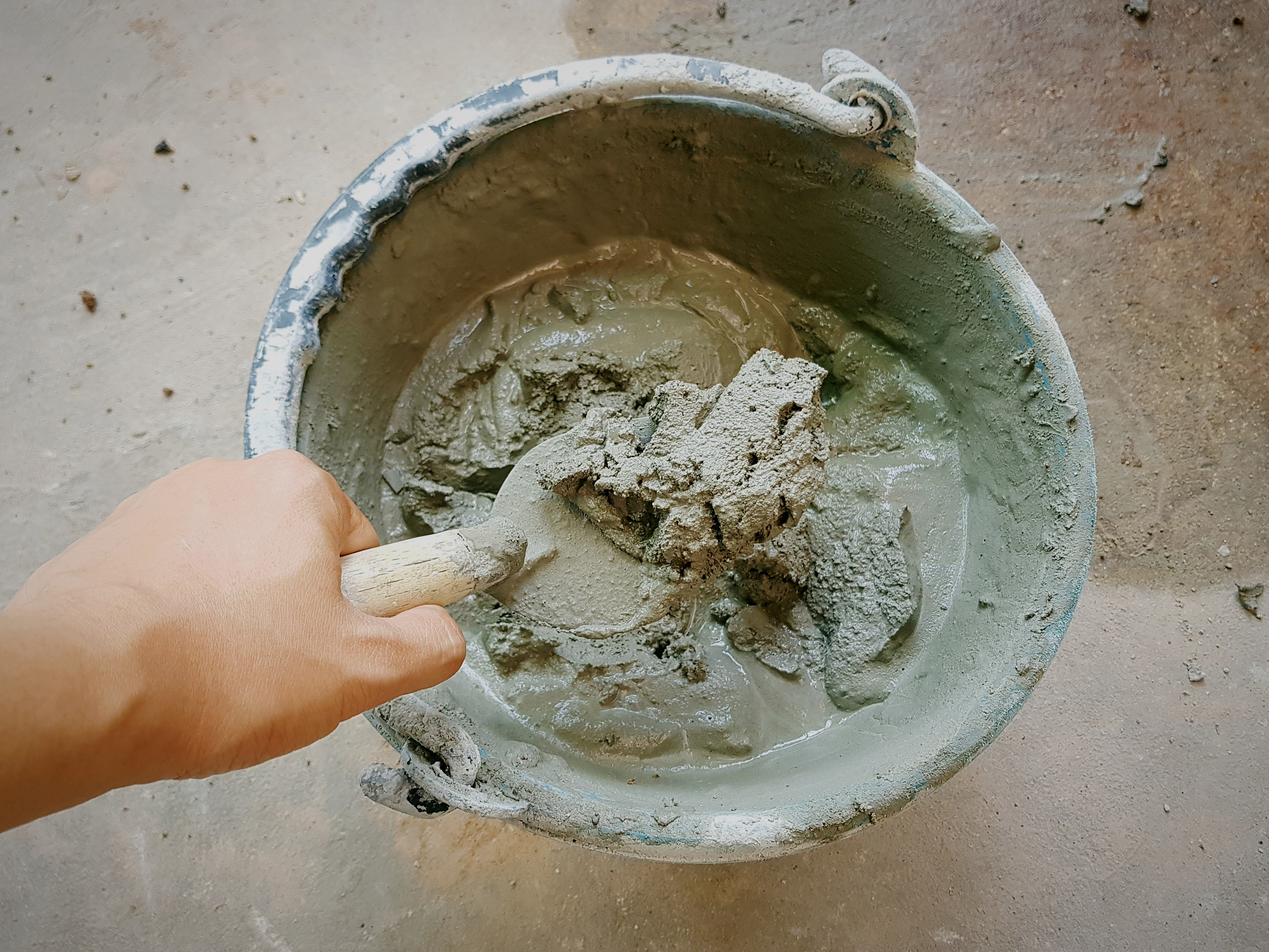
Choosing a Mortar Mix Colour
Ask your builder to build several small brick sample walls so that you can compare mortar colours against the bricks
The look can also change dramatically depending on the way it is pointed and the colour used. Most commonly a pointing iron will be used giving a shallow dished look with the edges flush.
A raking tool can be used to give a recessed look. Sometimes a bucket handle could create a tramline effect. Victorians used to use a very fine bed of lime mortar and strike it flush.
The Victorians had another idea when it came to colour, to use the piles of ash that were a by-product of the many steam engines of the era as an additive to the lime and sand to make it go further.
This was quite common right up to the sixties although most new building was being done with cement and sand from the thirties onward.
If you are embarking on a project with face brick or stonework then the colour of the mortar is a crucial part of creating the overall look.
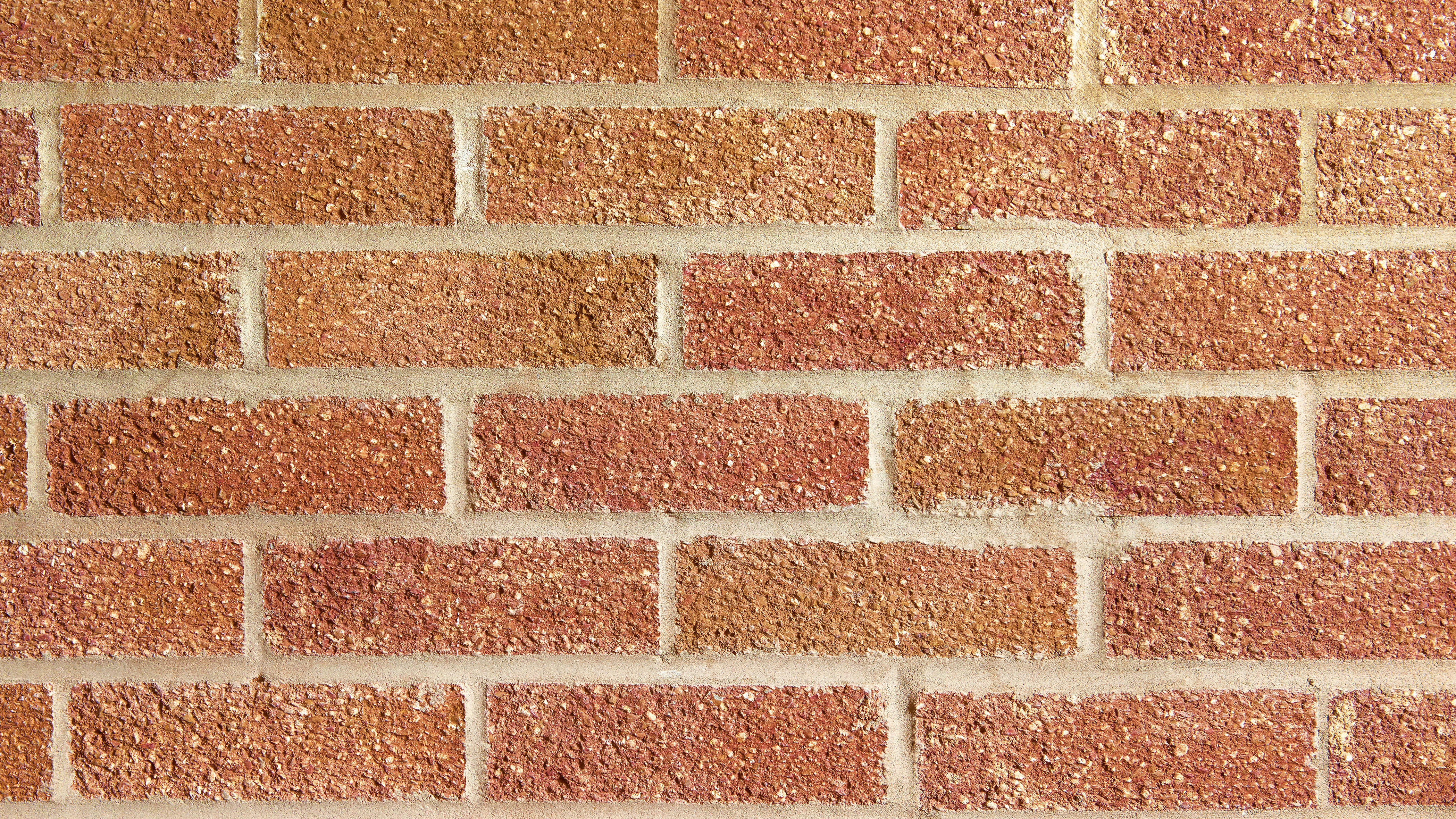
5 Colour Rules To Remember
- There are several types of sand and the ratios at which they are mixed with each other and the cement or lime, or both, all have an effect on the finished colour as well as the workability for the bricklayer and the ultimate strength of the bond.
- Once you have settled on a ratio that gives you all the characteristics you are after you must stick to it, even down to the manufacturer of the cement!
- Colours vary a lot between the different makes even though they are all OPC (ordinary Portland cement) which is supposed to mimic the Portland stone colour found on the south coast.
- Changing colour halfway through what would otherwise be a really tidy job because the contractor or client has been unable or unwilling to source the correct ingredients is a huge red flag and in these current times it is worth checking the future availability of preferred materials before starting the job!
Getting the Right Mortar Mix Consistency
If the sand is dry, put the water in first then the cement and lime, wait for the mixture to become smooth then add the sand bucket by bucket - mix as you go. If the sand is wet put in half of the sand in first, then the cement/lime, the rest of the sand and then add water a little at a time.
Ratios then are key to a consistent mortar mix so it is important to be accurate!
The most common mix for blockwork is: 4-1, that is four parts sand to one part cement but there are variations.
For instance if you are using a softer brick then 5-1 or 6-1-1(six sand, one cement, one lime) may be more suitable.
If you are mixing different sands to create a colour then you will need to experiment to get the effect you are after but the golden rule is pails or buckets to measure the ratios not shovels.
It is not possible to get shovelfuls accurate enough for brickwork - buckets should be filled to the top and levelled so that each one is identical, ideally using enough buckets to do the entire mix before you start so that you can’t lose count.
If you are matching an existing mortar you may need to make several test mixes using beakers to measure ratios and allow them to cure before comparing.
(MORE: Bricklayers - how to find the right one)
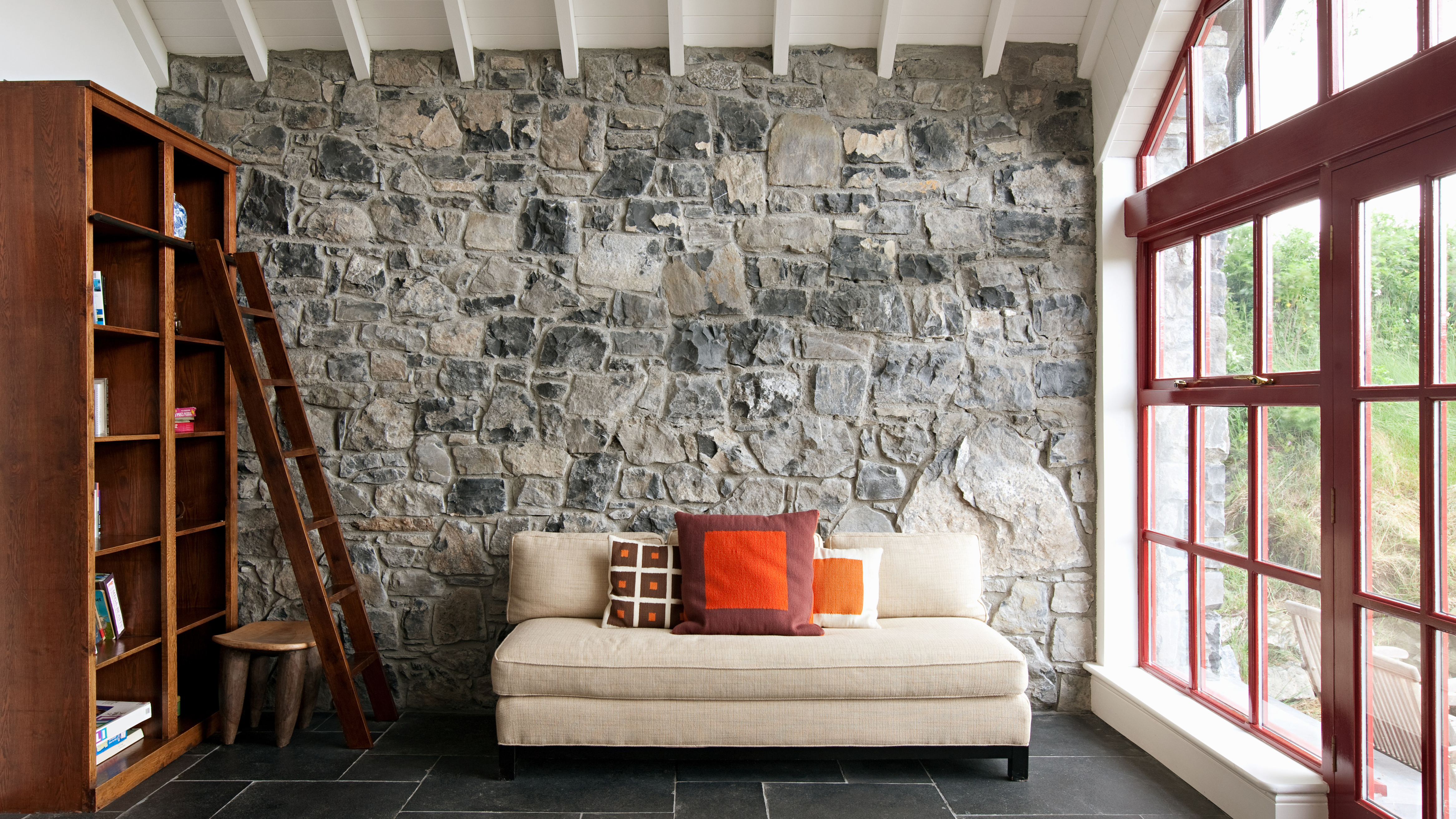
Mortar Mix and Restorations
Sealing moisture into a solid wall can cause a whole catalogue of problems. It also can cause the external brick or stonework damage. So always make sure your bricks are dry.
Cement-based mortars are unsuitable for restoration work and this is because solid walls need to breathe to dispel moisture.
Brick or stonework that was originally built with lime mortar and then repointed with a cement mortar has caused damage to buildings that would never have happened had they used lime.
Traditionally if a soft brick or stone was used then the lime mortar was still the softest component so as the wall weathered the mortar wore away leaving the brick or stone intact.
If these were then repointed with a cement based mortar then the brick or stone became the softest component and had to take up and release the moisture instead of the lime.
This has caused serious damage to some properties added to which the cement pointing is a lot more difficult to remove without causing even more damage.
For more information on what you can expect to pay, read our guide to repointing costs.
Bruce is a third generation builder, based in the South West, with over 30 years’ experience in the building industry. He specialises in new build homes, extension and renovation projects, and his even built homes for self build industry guru David Snell. Bruce has recently completed his latest self build.

